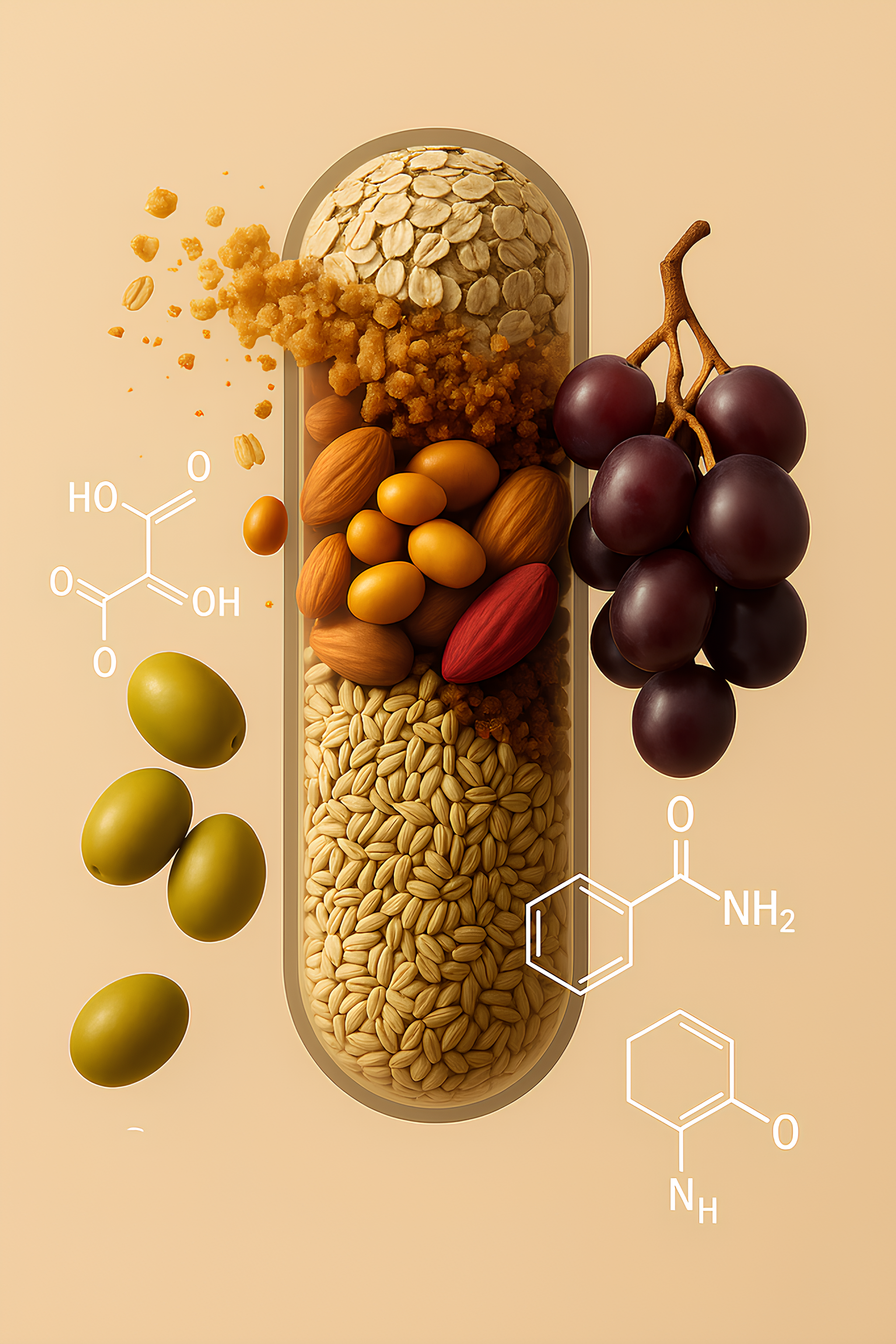
Nutraceutics Applications in Cosmetics
About the course
Target group
Intended for professionals in the cosmetic and medical sector with a high school diploma or graduates who want to delve deeper into the nutraceutical aspect of active ingredients present in waste products from grape, cereal and olive processing.
Key words
Course introduction
The course describes the main nutraceuticals also present in the waste from the processing of grapes, olives and cereals and their function in fighting and counteracting the effects, both endogenous and exogenous, that contribute to cellular aging and in particular of the skin, the main biochemical mechanisms responsible for aging and how nutraceutical products act, through complex mechanisms, to counteract them, bringing as examples Italian companies that work these wastes to produce high-quality products with high biological value for our body.
Details to know

Downloadable certificate
Share your certificate on Linkedin

Assessment
6 Quizzes
Learning outcomes
- Knowing the composition and function of the skin, the largest organ in our body, and both the endogenous and exogenous causes of its aging
- Know the main biochemical mechanisms of production of radical compounds that influence aging and the mechanisms to neutralize this type of molecule
- Know nutraceuticals and related definitions and learn the structure of grapes, olives and cereals
- Know the chemical structure, biochemical role and natural sources of terpenes, Vitamin A and Vitamin E
- Know the chemical structure, biochemical role and natural sources of Vitamin C
- Know the chemical structure, biochemical role and natural sources of squalene, linoleic and oleic acid
- Know the chemical structure, biochemical role and natural sources of Polyphenols, resveratrol and anthocyanins
- Know biochemical role and natural sources of Selenium and zinc
More detailed Learning Outcomes can be found in module introductions.
Introduction to Nutraceuticals, Skin Composition and Causes of Cellular Aging
Lessons
Introduction 1. Introduction to Nutraceuticals, Skin Composition and Causes of Cellular Aging ReferencesStructure of Grapes, Cereals and Olives and Main Compounds Present in These Products. Definitions of Nutritional Products
Lessons
Introduction 1. Structure of Grapes, Cereals and Olives and Main Compounds Present in These Products. Definitions of Nutritional Products ReferencesTerpenes, Vitamin E and Vitamin A
Lessons
Introduction 1. Terpenes, Vitamin E and Vitamin A ReferencesVitamin C
Lessons
Introduction 1. Vitamin C ReferencesSqualene, Linoleic and Oleic Acid
Lessons
Introduction 1. Squalene, Linoleic and Oleic Acid ReferencesPolyphenols, Resveratrol and Anthocyanins, Zinc and Selenium
Lessons
Introduction 1. Polyphenols, Resveratrol and Anthocyanins, Zinc and Selenium References Course Evaluation
Project nr. 101110547.

Co-funded by the European Union. Views and opinions expressed are however those of the author(s) only and do not necessarily reflect those of the European Union or EACEA. Neither the European Union nor the granting authority can be held responsible for them.

